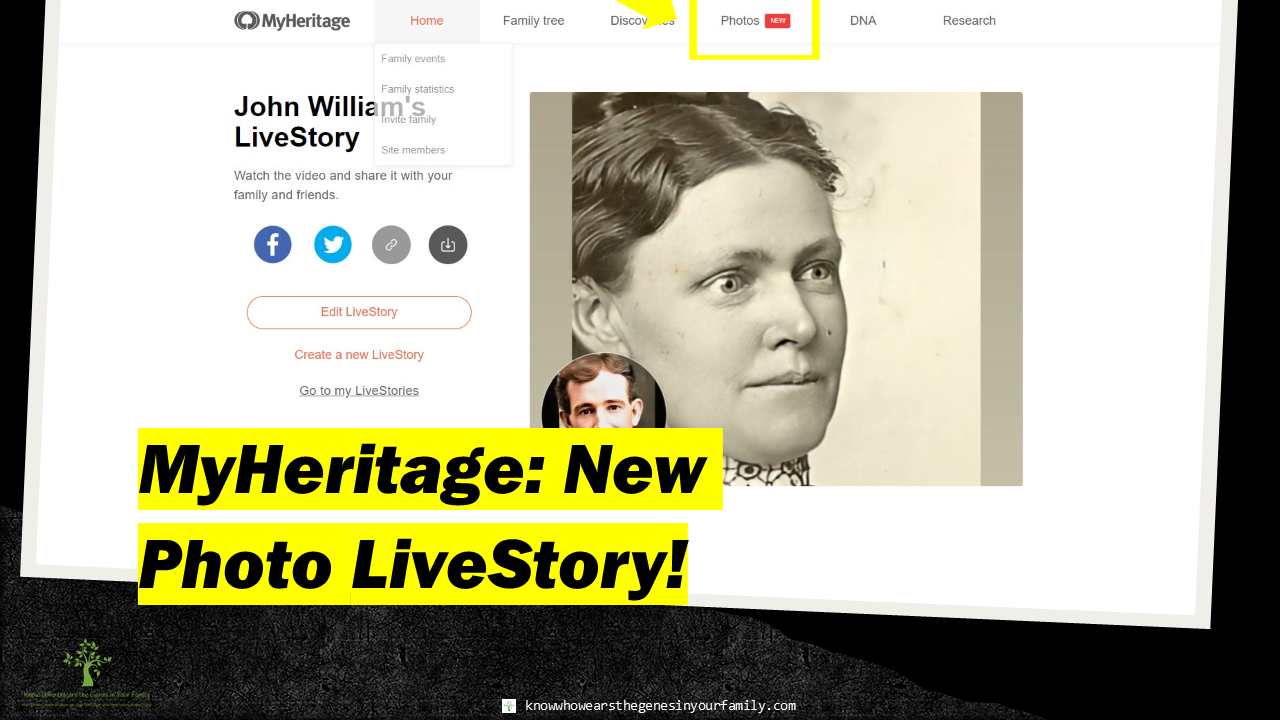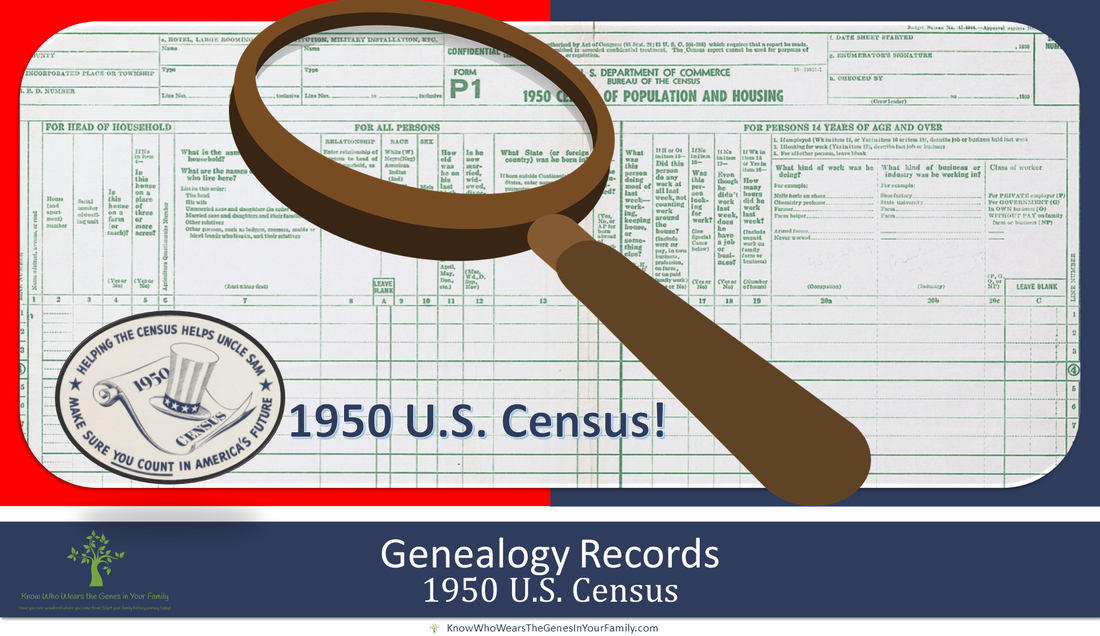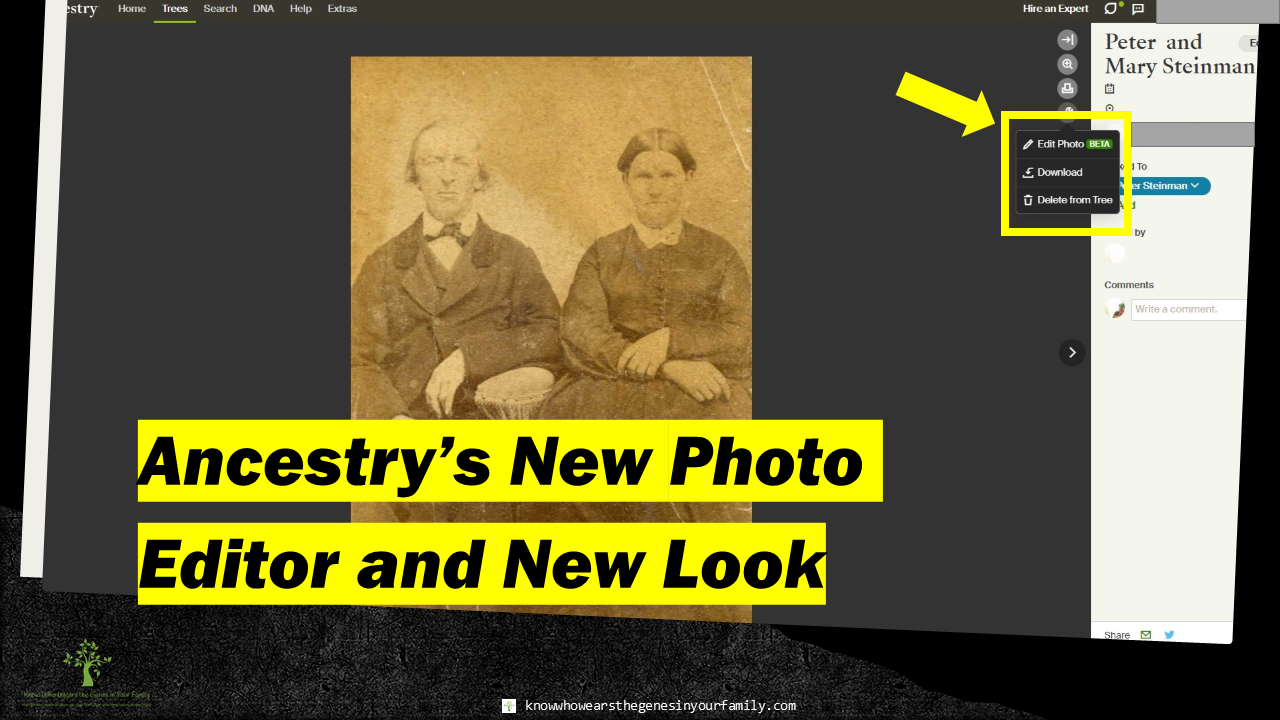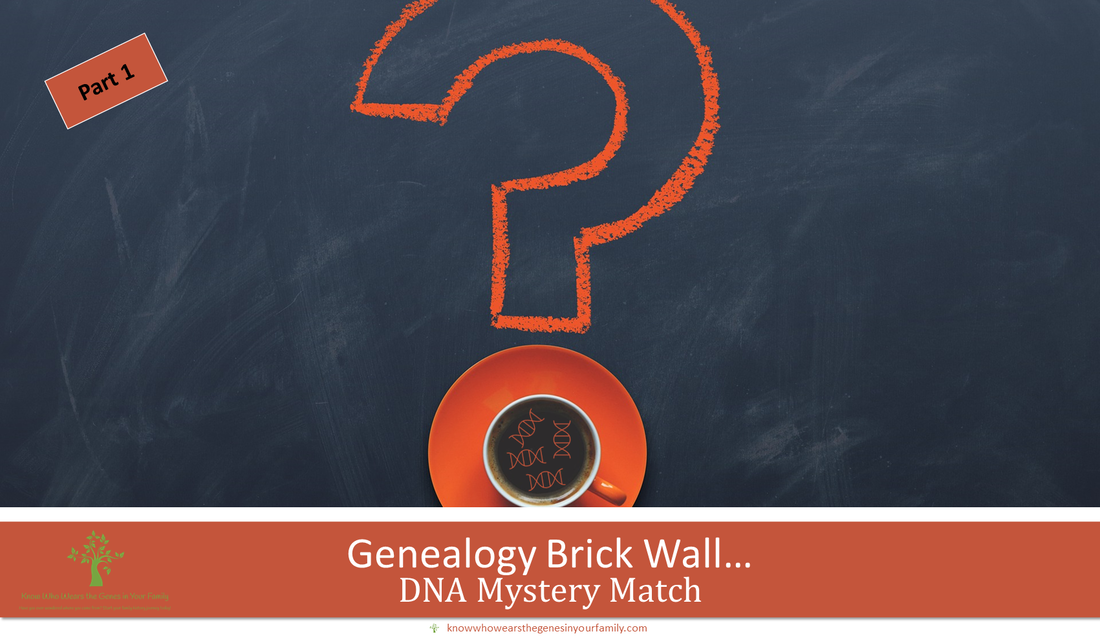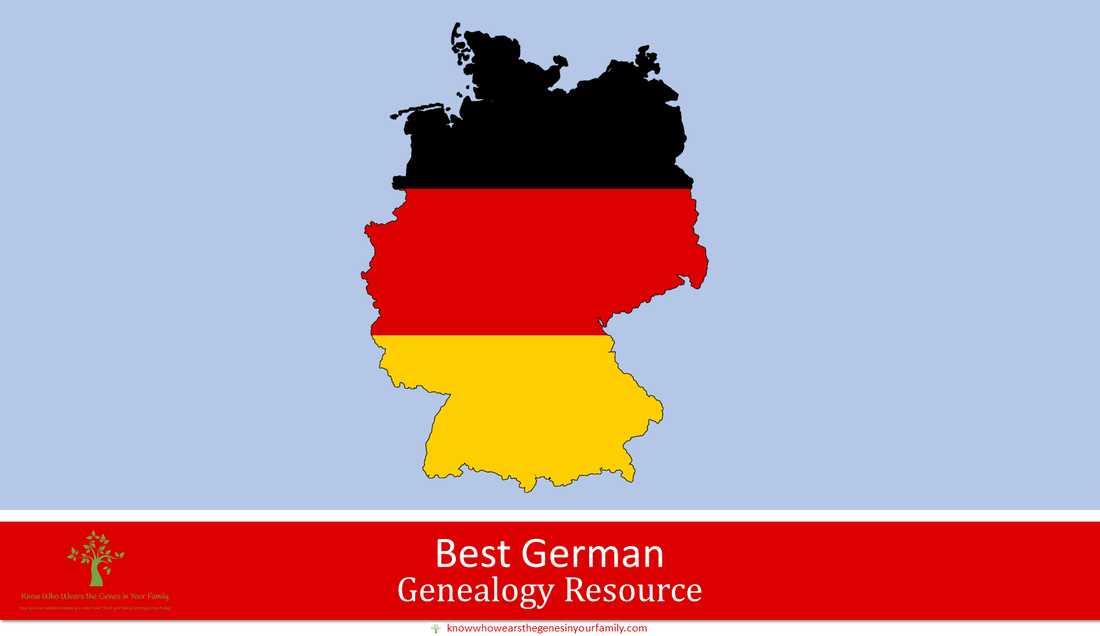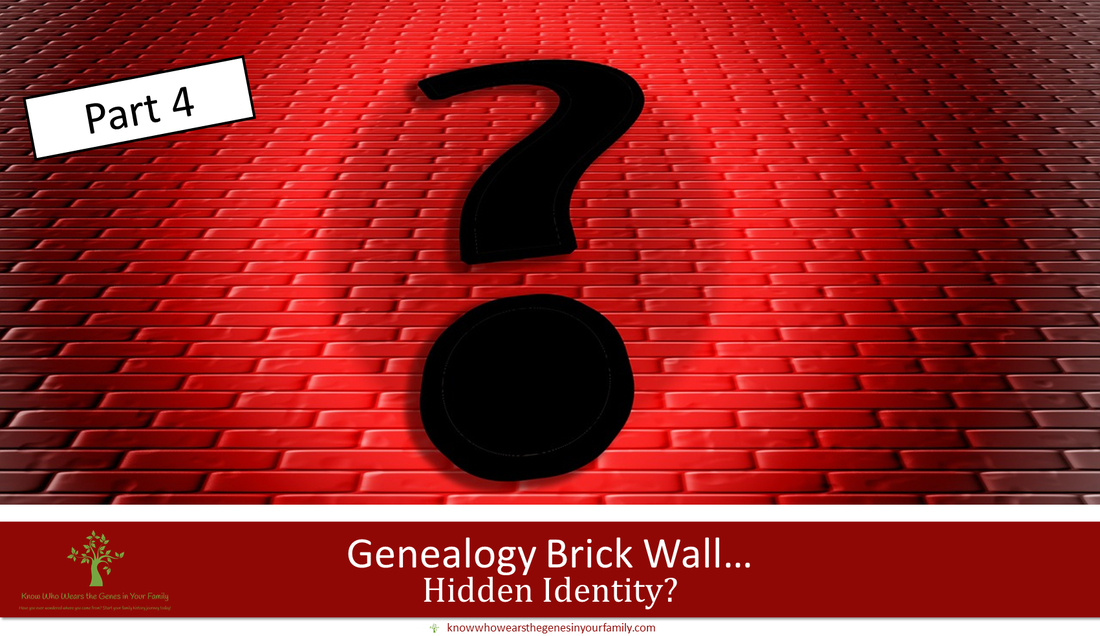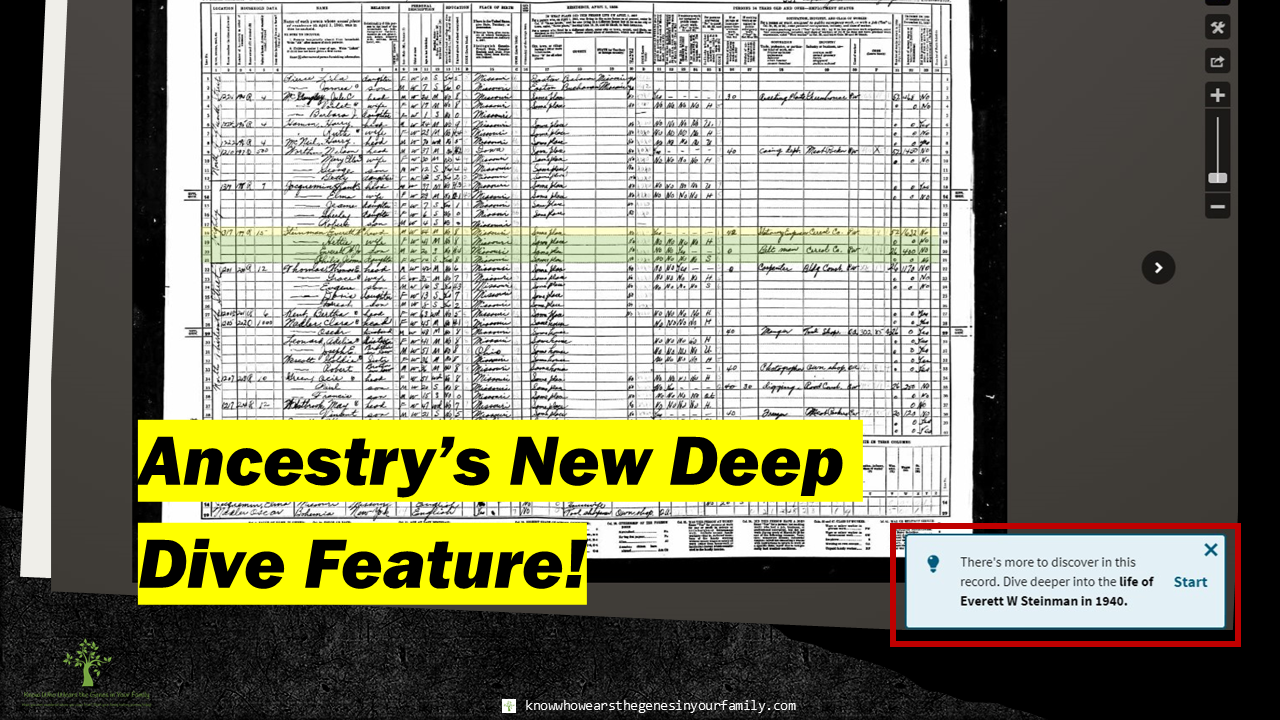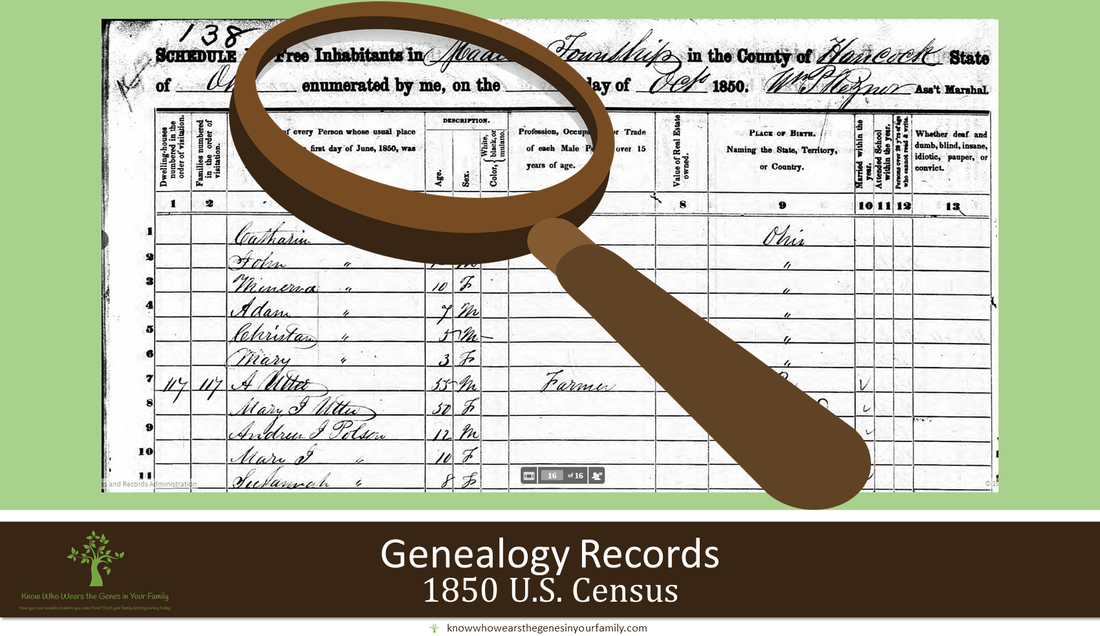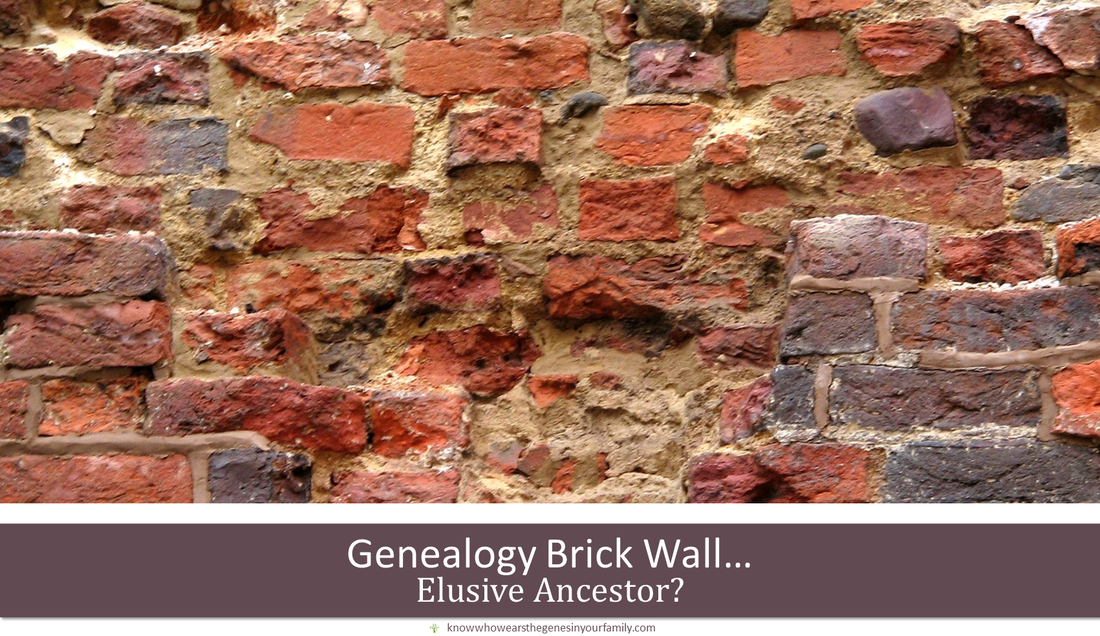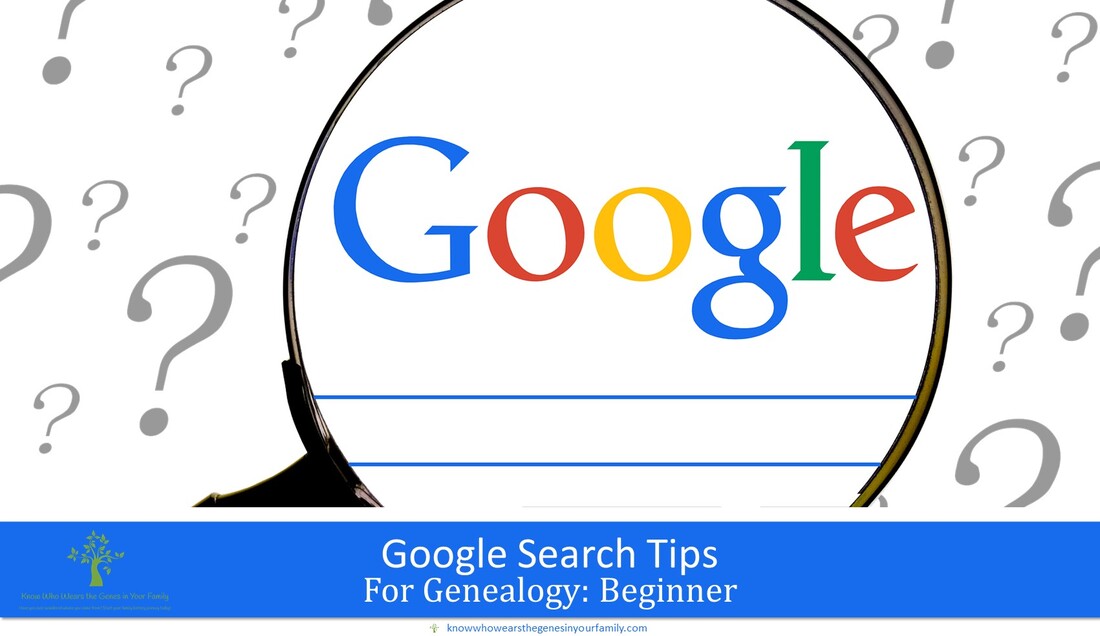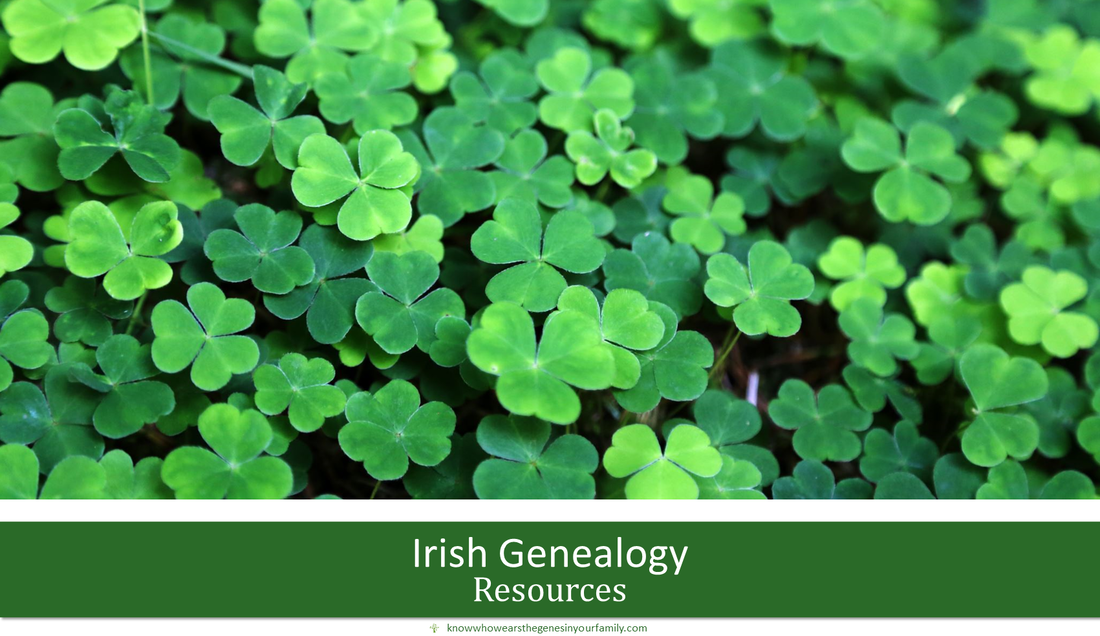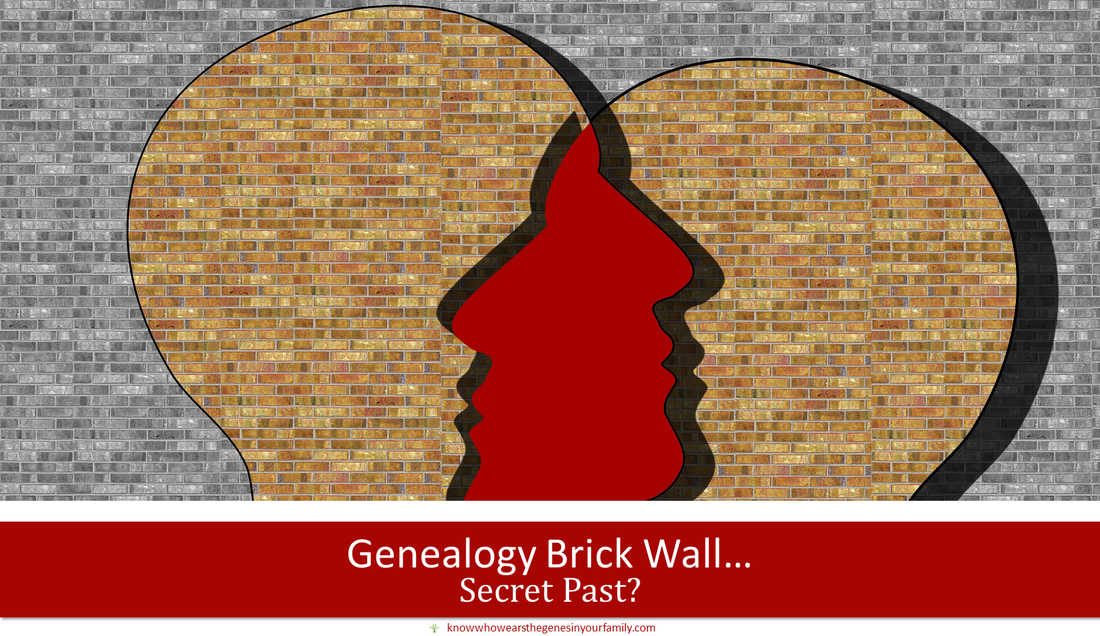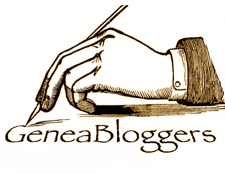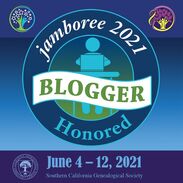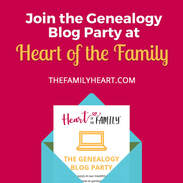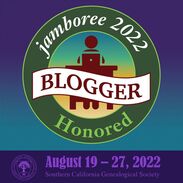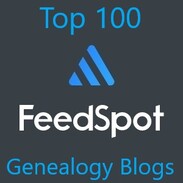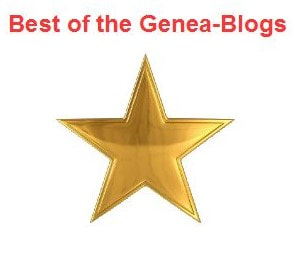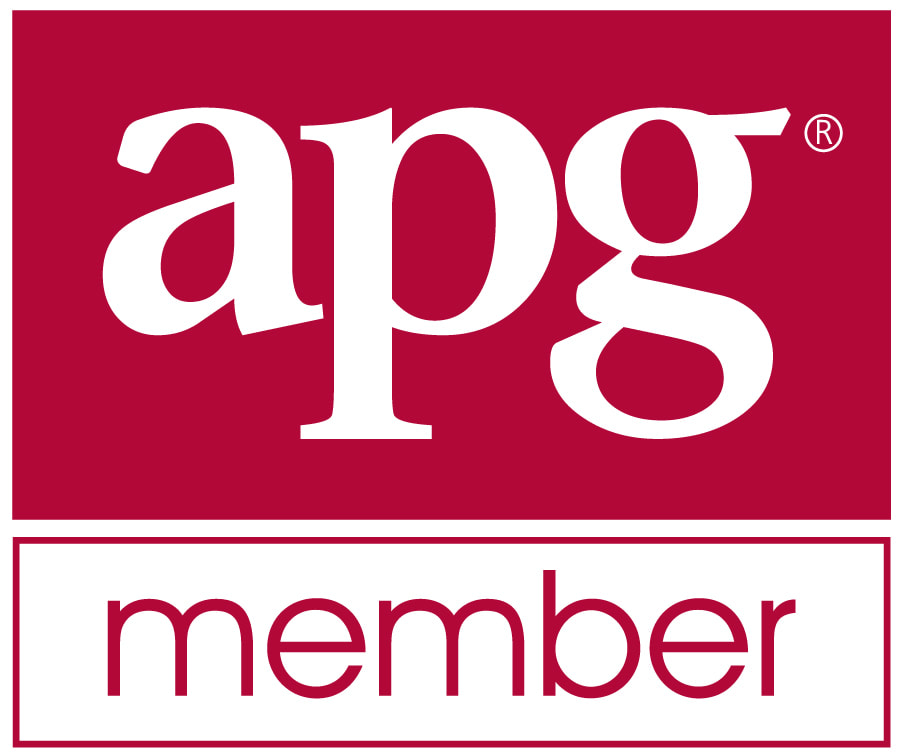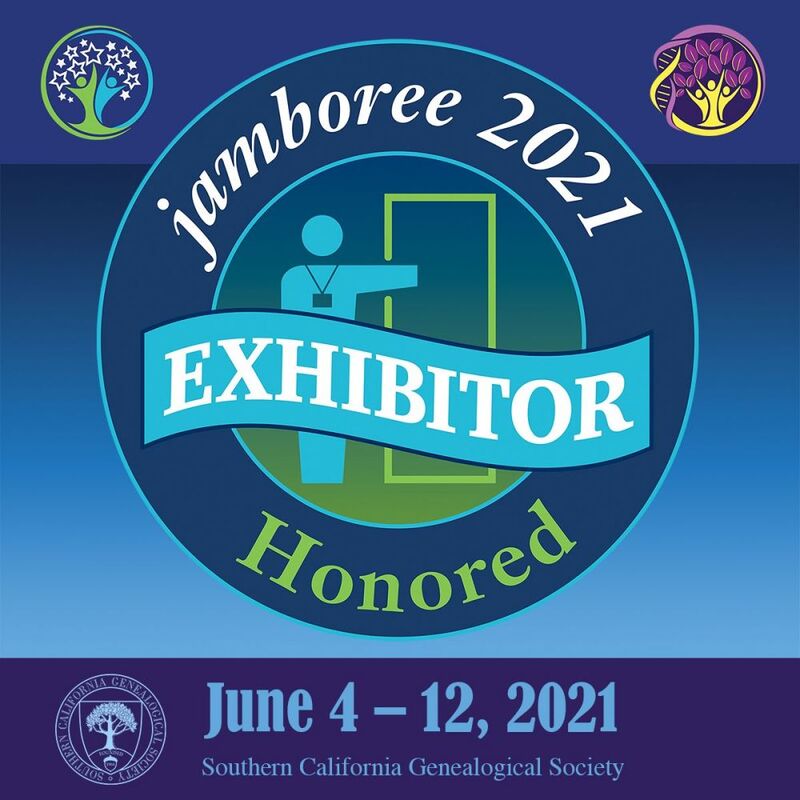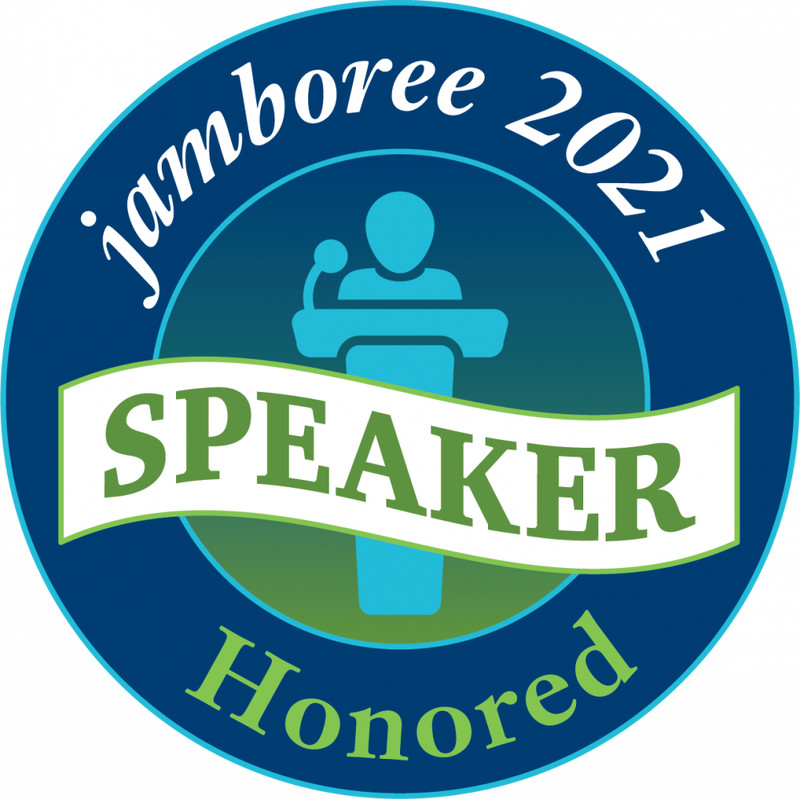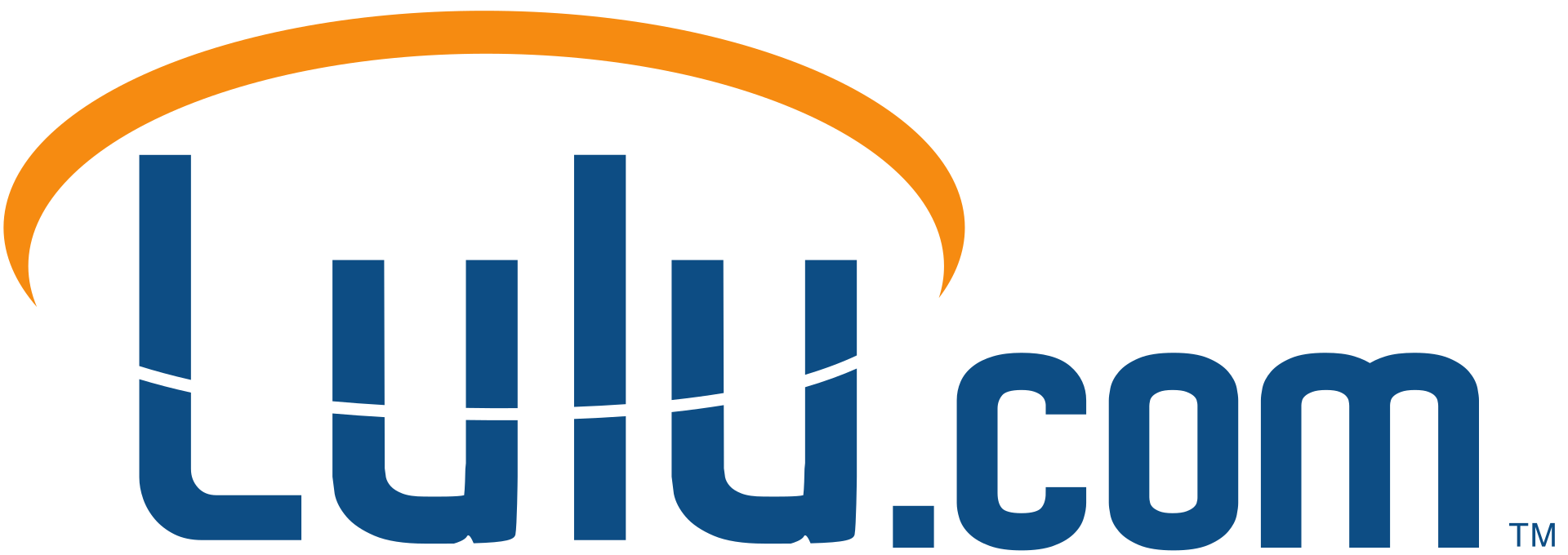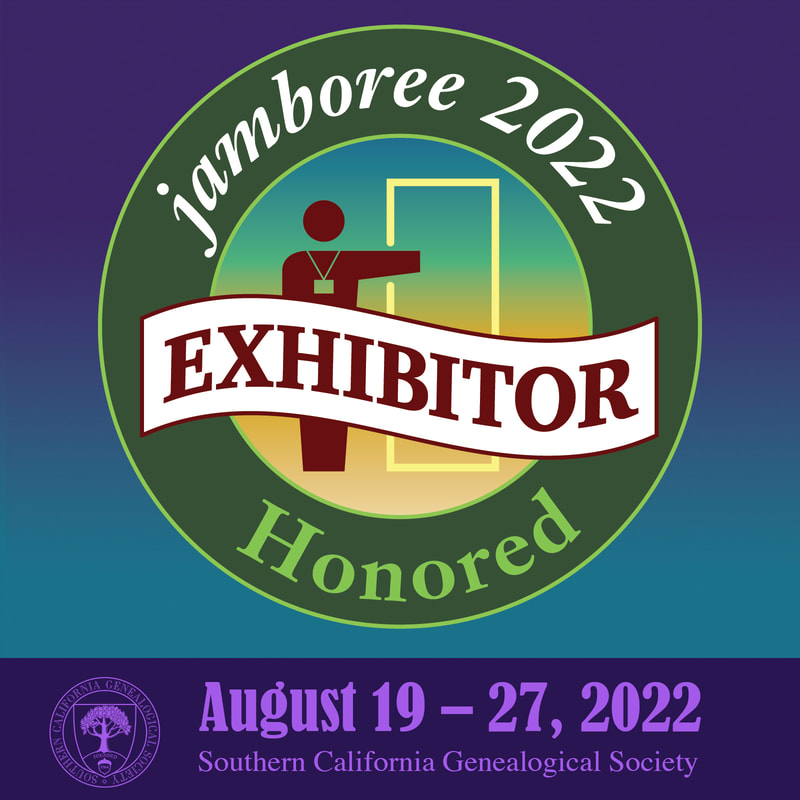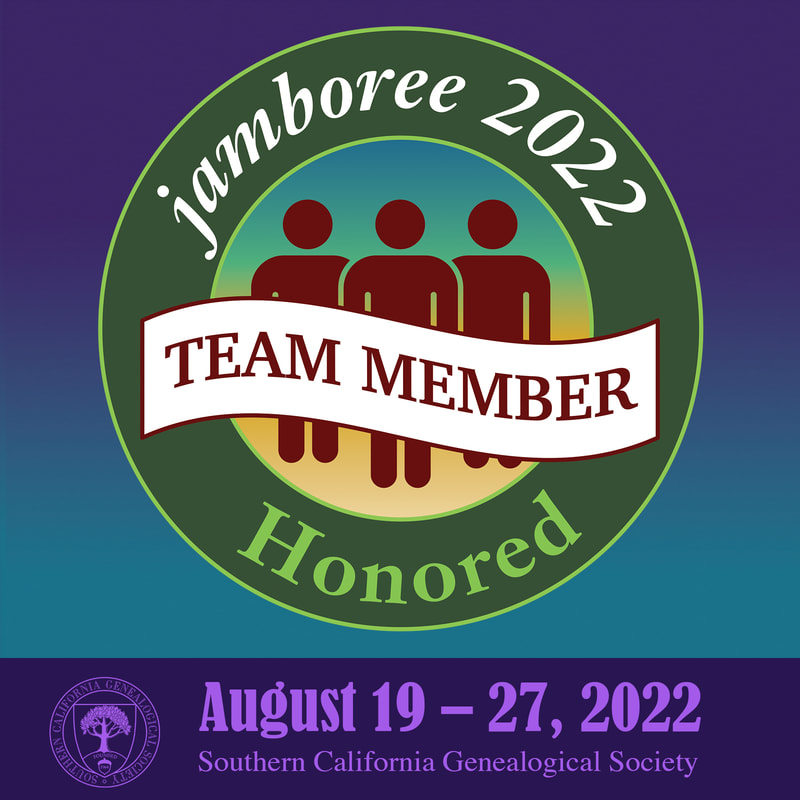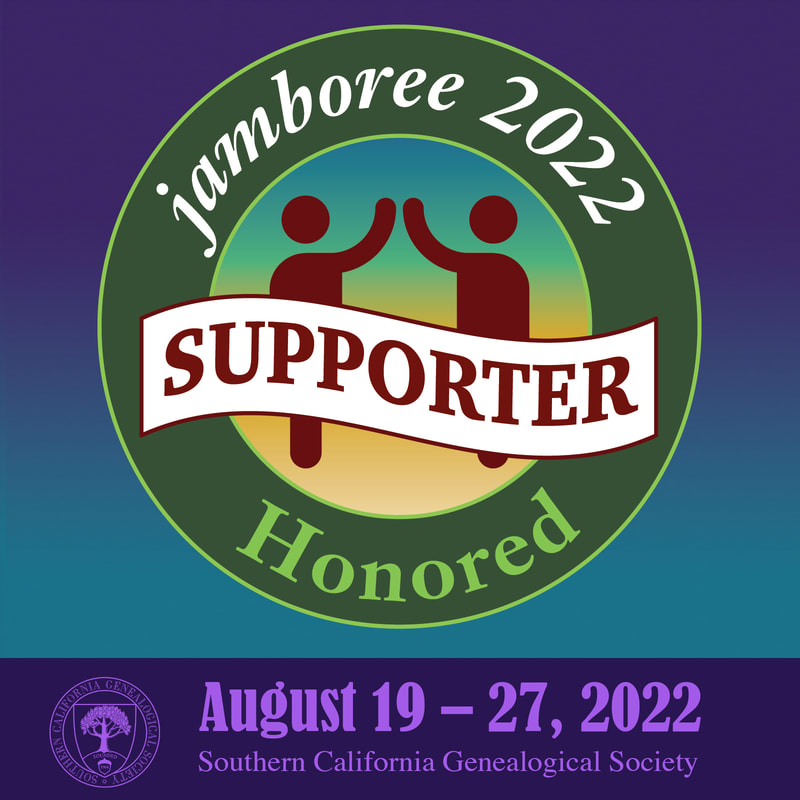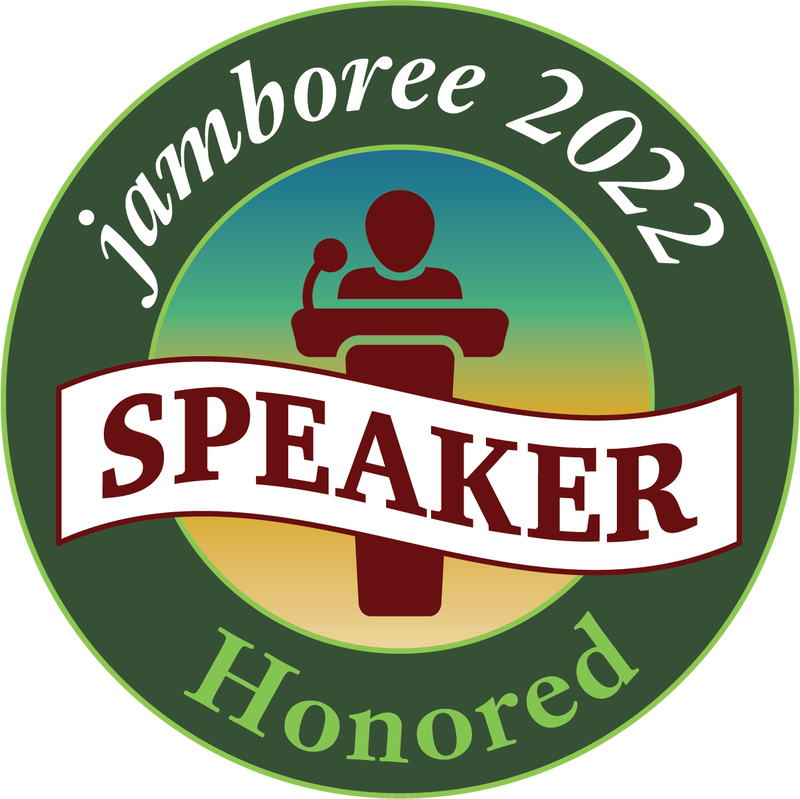|
When you share your family history, whether it be your public family tree, through a blog, or even a family website or social media page, you undoubtedly share family/ancestor photos as part of the sharing process. This will not be a debate on whether you should share your photos or not but is just simply a way to address the issue of you maybe wanting to share photos to help others out and bring joy but not necessarily having someone reshare them and take the credit. My trees on Ancestry and MyHeritage are private, as that is what I prefer for numerous reasons. When I get a request on Ancestry, through Ancestry messaging, asking to share a photo, I need to do so through email, as Ancestry’s messaging does not let you attach a photo if it’s not in a public tree. I am always happy to share photos, but like many, I don’t like having my photos reshared by someone else as their own. If you are like many, there is a way to share your photos, while protecting them as your own. You can create a watermark for your photos, documents, research, and anything else needed, for free, in Canva. How to Create a Free Watermark in Canva
This version does add a slight filter over your photo Or
Drawbacks to Adding a Watermark to Your Family History Photos
Examples of Free Watermarks Made in CanvaKeep in mind that anyone can easily remove them. 😉 More Genealogy ResourcesLearn about more family history and genealogy resources under the Genealogy Resources category and on my dedicated Genealogy Resources page.
6 Comments
While working on my own genealogy for a bit, I came across an exciting find! While adding photos to my family tree, I realized that my 3rd great grandfather looked different than in his other photos, which I guess I never paid much attention to before. This particular photo came to me from my father, who had received it, along with many others, from my great grandmother and her 2nd husband, who also was her cousin. He had told me who everyone was in all the images he had sent me, and he had said this particular photo was that of my 3rd great grandparents, George W. Taylor and Rachel Ann Robinson. I was not so certain this was them, and my father had been wrong on a few others, so I had decided to take a deep dive into dating old photos so that I could learn more. In doing so, I had deduced that this photo was actually of my 4th great grandfather, Samuel Taylor and his 2nd wife, Frankie Gholson, in which we thought there was no known picture of, but we had one all along! A Short Description of the Ancestral Couples My 3rd great grandfather, George W. Taylor was born 7 Jun 1834 and died 13 Feb 1917. My 3rd great grandmother, Rachel Ann Robinson was born 23 Mar 1843 and died 15 Apr 1919. As you can see, according to the dates, he was 8 years older than she. My 4th great grandfather, Samuel Taylor (George’s father) was born 21 Aug 1804 and died 4 Oct 1893. His wife, Frankie Gholson was born 9 Mar 1819 and died 9 Aug 1894. On the other hand, there was a significant age gap of almost 15 years between the two. As you can see in the photo, the man appears to be much older than the woman. Also, the photo seems to be older than other photos taken during the time period of my 3rd great grandfather being the age of the man in the photo. Dating CDV Photos (Carte de Visite Photos) After deep diving into research on dating old photos, I was able to compile all the info together, and had deduced that this photo was that of my 4th great grandfather, Samuel Taylor and his wife, Frankie, taken most likely between 1864-1869.
CDV: 1854 (1859 Europe-1860 U.S.) -~beginning 1900s, but most popular during Civil War)
The Gift that Keeps on Giving: Family History and GenealogyIf you are looking for a meaningful and memorable present for your loved ones this holiday season, consider giving them a family history gift. A family history gift is one of the most personalized and thoughtful gifts you can give that keeps on giving! Spread the joy of genealogy, while helping others discover who they are and where they came from! Whether it is a book, a photo album, a DNA test, or a family tree, a family history gift is the perfect gift to help others connect with their past and inspire their future! The Best Family History and Genealogy Gifts
More Genealogy ResourcesLearn about more family history and genealogy resources under the Genealogy Resources category and on my dedicated Genealogy Resources page.
The holidays are a great time to reconnect with your family and learn more about your ancestors. One of the best ways to do that is by interviewing your relatives and asking them about their memories, stories, and experiences. Interviewing your family can help you discover new information, fill in the gaps, and preserve your heritage for future generations. But how do you conduct a successful family history interview? Here are some tips to help you prepare, conduct, and document your interviews. How to Prepare for a Family History InterviewIf you are planning to interview your family members about your genealogy during the holidays, you need to do some preparation beforehand. Here are some steps that you can follow to make sure your interview goes smoothly and productively.
By following these steps, you can prepare yourself for a successful genealogy interview that will help you learn more about your family history and heritage. Some Questions to Ask during a Family History Interview
Interviewing your family is a rewarding and enriching experience that can help you uncover your roots and connect with your past. By following these tips, you can make the most of your interviews and discover new aspects of your family history and genealogy!
|
Details
Categories
All
FeaturedTop PostsBlogrollEvalogue.Life, Heart of the Family, Molly's Canopy, Climbing My Family Tree, Cami Mayer, Field Genealogist, Ancestor Detective, DNA Breakthroughs, Your DNA Guide, Ancestral Findings, Genealogy Tip of the Day, Family History Daily, Genea-Musings
BlogI hope my family history and genealogy blog on genealogy research tips, resources, events, and more, along with my own genealogy journeys, will help you in your research and in building your family tree to learn more about your ancestors and family history to preserve for future generations to come! Come visit me at Know Who Wears the Genes in Your Family if you're interested in starting your family history journey, booking me for your next speaking event, or family history and genealogy heirloom products!
Archives
July 2024
|
HoursM-Su: 8am - 8pm
|
Know Who Wears the Genes in Your Family is dedicated to promoting family history and genealogy, while maintaining commitment to client care and professional service, and adheres to the Code of Ethics and Professional Practices put forth by the Association of Professional Genealogists.
|

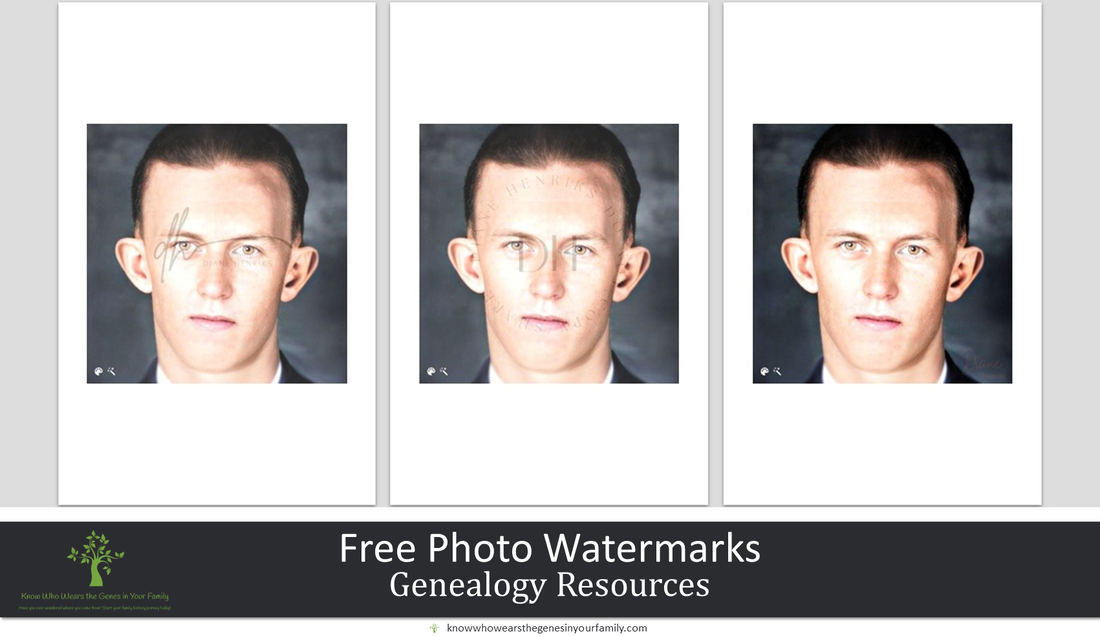





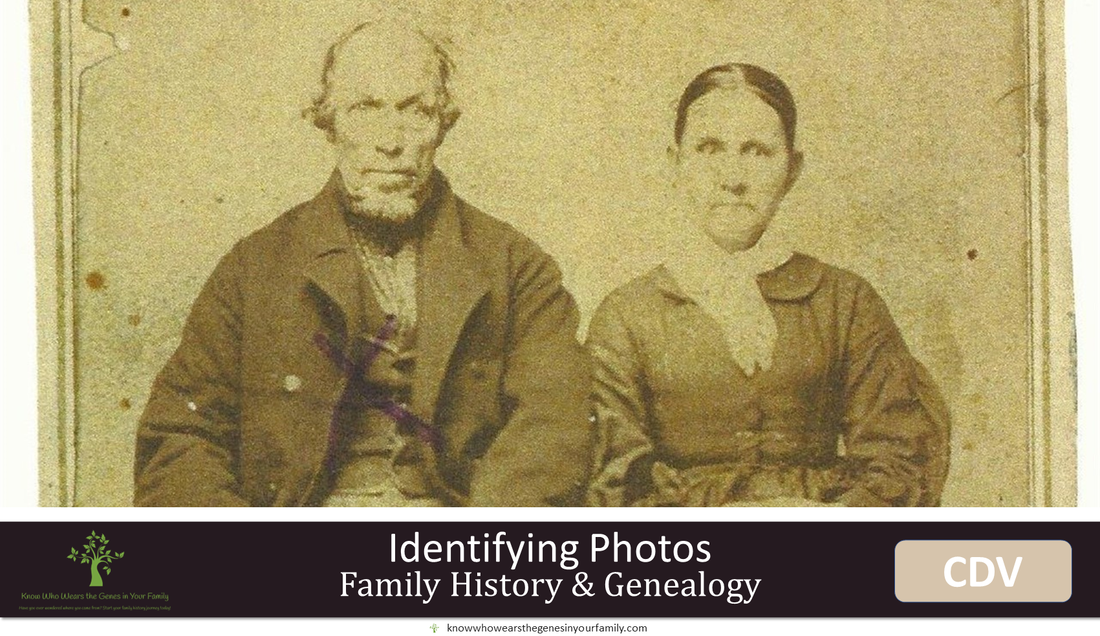
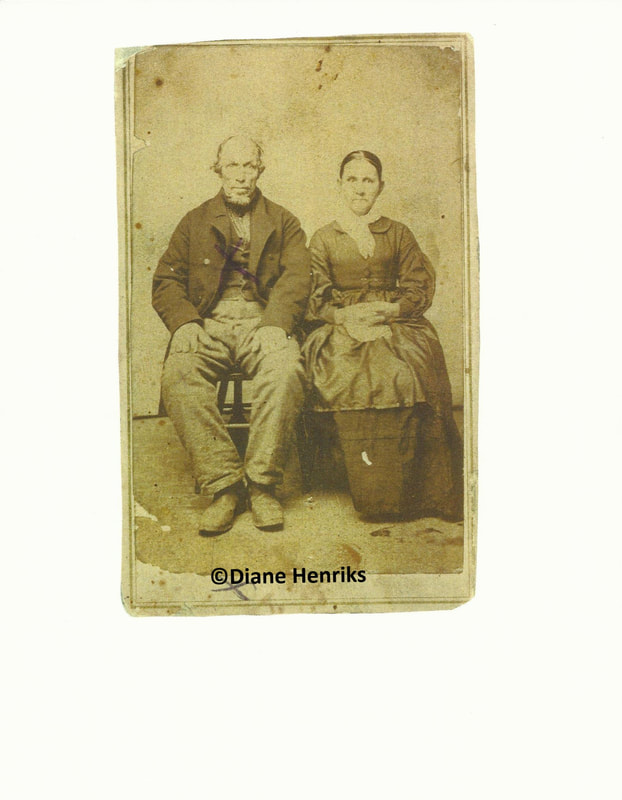
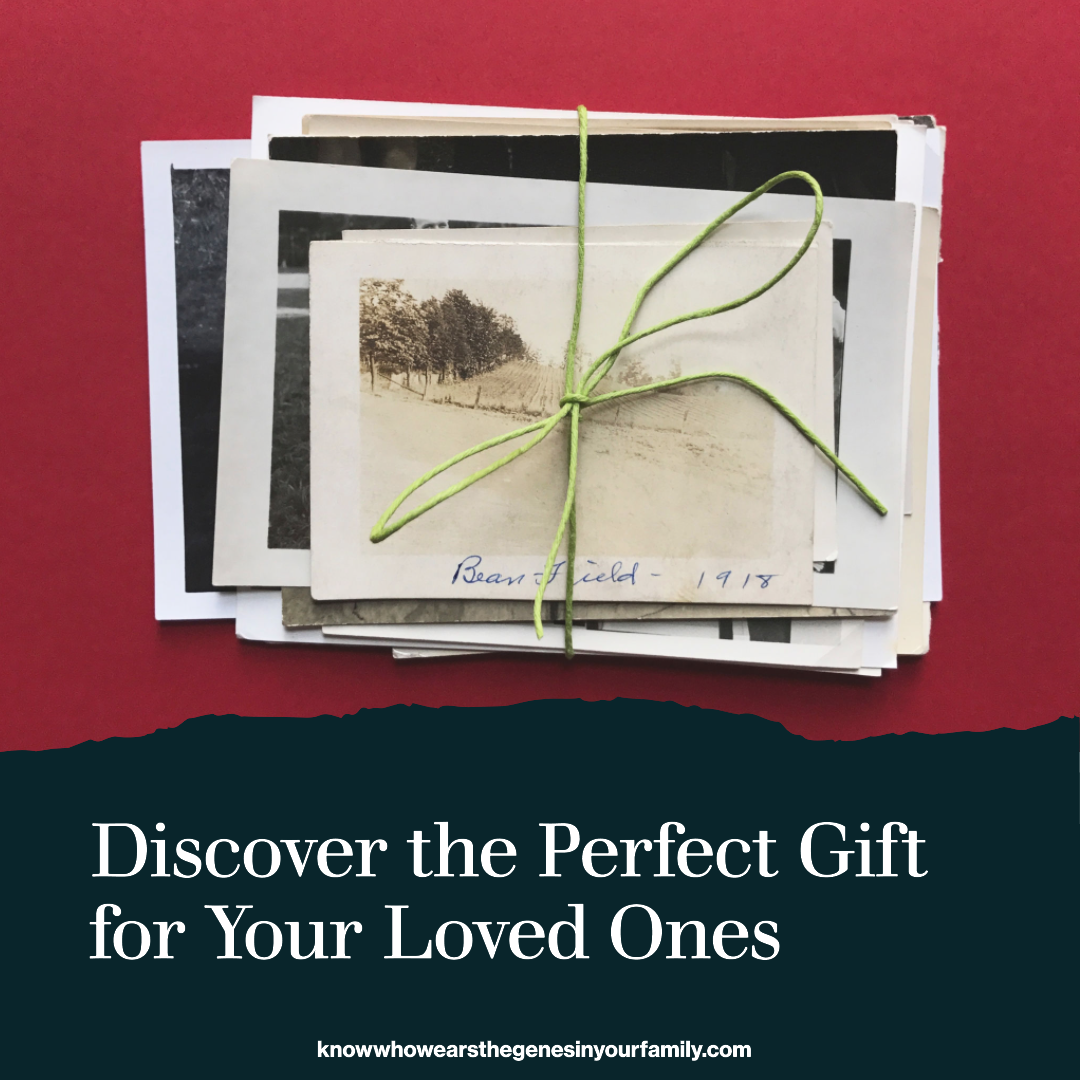
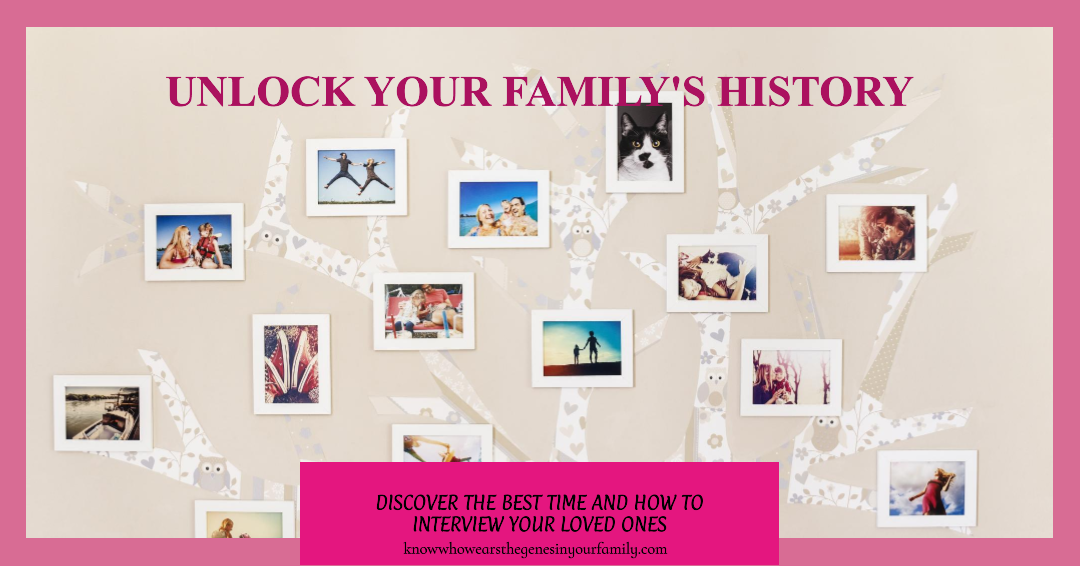
 RSS Feed
RSS Feed
